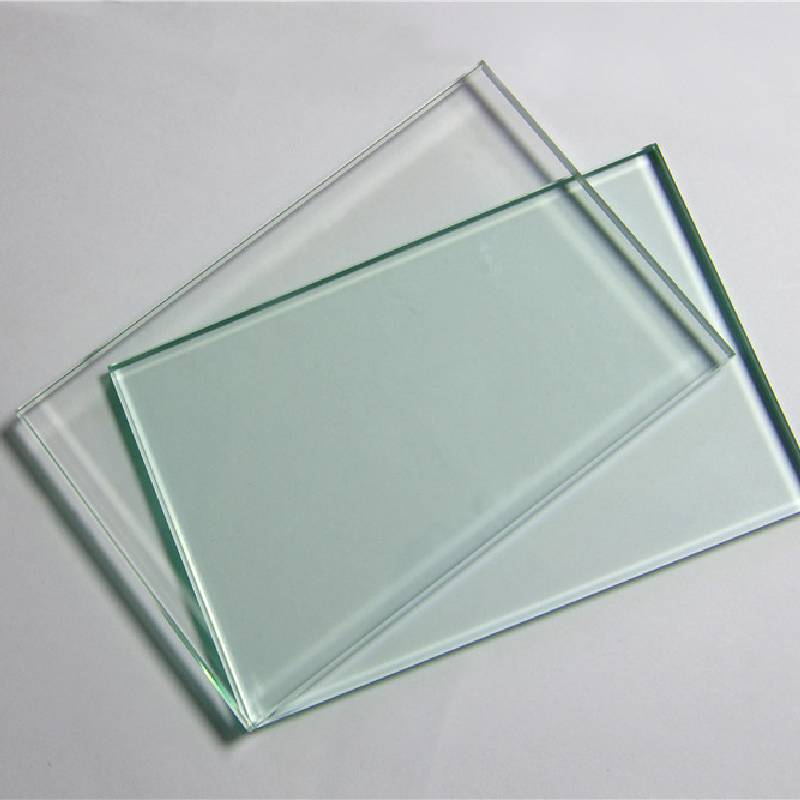

The Versatility of Coated Float Glass A Modern Solution for Architecture and Design
Float glass, known for its clarity and smooth finish, serves as a fundamental building block in the world of construction and interior design. However, advancements in technology have given rise to coated float glass, enhancing the functionality of traditional glass while maintaining its aesthetic appeal. This article explores the various types of coated float glass, their advantages, applications, and the future of this innovative material in architecture and design.
Understanding Coated Float Glass
Coated float glass refers to a layer of coating applied to the surface of standard float glass to improve its properties. This coating can serve multiple purposes, including enhancing energy efficiency, providing UV protection, adding anti-reflective characteristics, or changing the glass's appearance. The coating process typically involves techniques such as magnetron sputtering or chemical vapor deposition, resulting in a thin, durable layer that can make float glass more suitable for various applications.
Types of Coatings and Their Benefits
1. Low-E (Low Emissivity) Coatings Low-E coatings are designed to reflect infrared light while allowing visible light to pass through. This property helps to keep interiors warmer in winter and cooler in summer, significantly improving energy efficiency. Buildings outfitted with Low-E coated glass can reduce their heating and cooling costs, making it a popular choice for environmentally conscious architects and builders.
2. Solar Control Coatings These coatings are formulated to block a significant percentage of solar radiation, thereby reducing heat buildup within a structure. By reflecting excess sunlight, solar control glass minimizes glare and improves comfort for occupants. This is particularly beneficial in commercial buildings with extensive glass facades, where managing heat gain is crucial.
3. Anti-Reflective Coatings Designed to minimize reflections and maximize light transmission, anti-reflective coatings enhance visibility through the glass. This type of coating is often used in display windows, museums, and other environments where clarity is paramount. The result is a nearly invisible glass that allows unobstructed views without distracting reflections.

4. Self-Cleaning Coatings Harnessing the power of nanotechnology, self-cleaning coatings make use of hydrophilic and photocatalytic properties. These coatings help break down dirt and organic matter when exposed to sunlight, allowing rainwater to wash away the debris easily. This technology is particularly appealing for high-rise buildings where access for cleaning can be challenging.
Applications in Architecture and Design
Coated float glass has become indispensable in various architectural applications due to its versatility. In residential buildings, Low-E glass is widely used in windows to improve energy efficiency and comfort. In commercial settings, solar control and anti-reflective coatings are often employed in skyscrapers, shopping malls, and office buildings to enhance aesthetics while providing energy savings.
Moreover, coated float glass is also popular in interior design. It can be used in glass partitions, shower doors, and even furniture design, providing a sleek and modern appearance. Custom coatings can also be applied to achieve specific colors or textures, allowing designers to push the boundaries of creativity.
The Future of Coated Float Glass
As the demand for sustainable building materials continues to rise, the future of coated float glass looks promising. Ongoing research and development aim to create even more advanced coatings that can respond to changing environmental conditions, further enhancing energy efficiency and occupant comfort. Moreover, with the integration of smart technologies, we may see the emergence of coated float glass that can change its properties based on external stimuli, such as temperature or light intensity.
In conclusion, coated float glass represents an exciting convergence of functionality and design. Its ability to improve energy efficiency, enhance aesthetics, and adapt to various environmental needs makes it a valuable resource in modern architecture and interior design. As technology progresses, the potential for coated float glass will undoubtedly expand, paving the way for innovative and sustainable building solutions that meet the demands of the future.